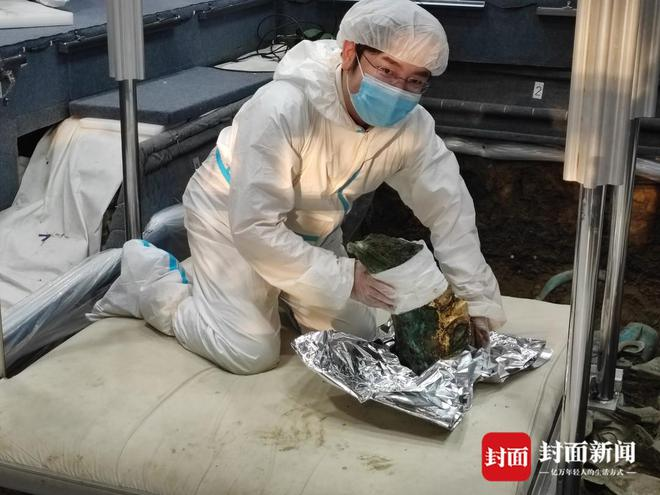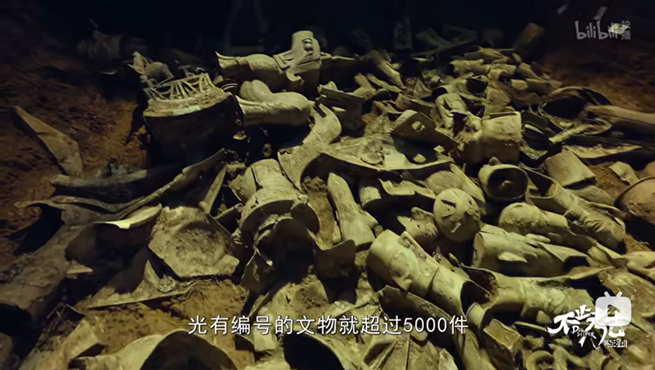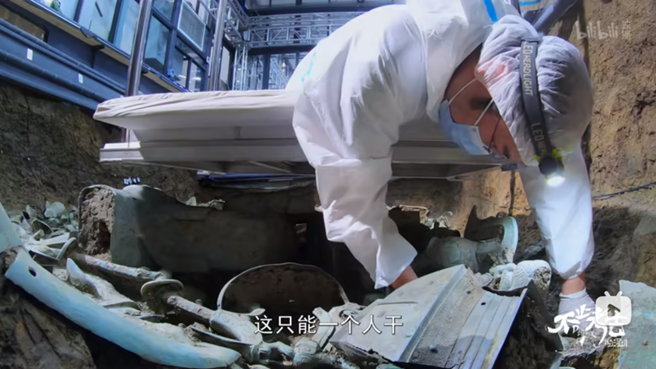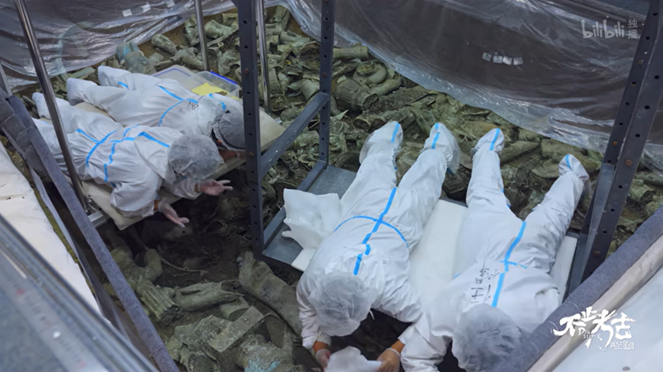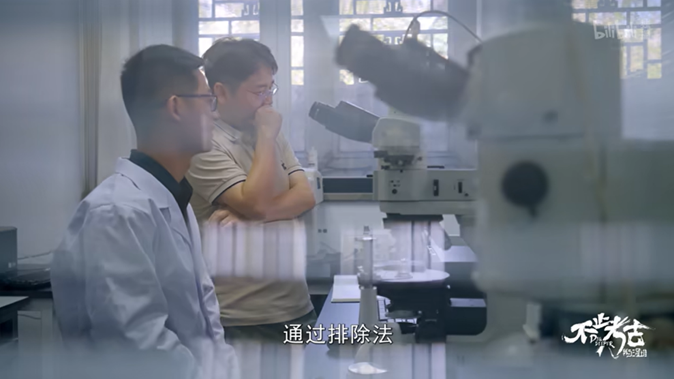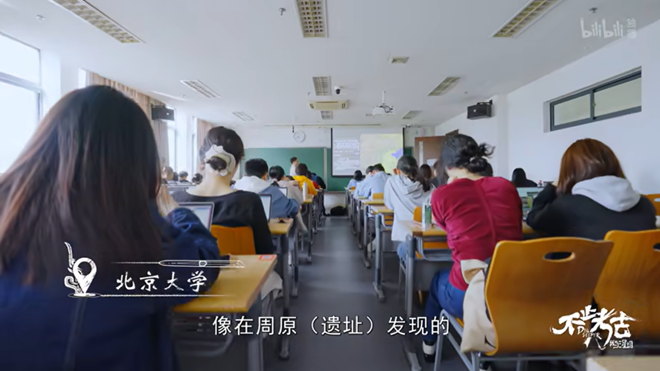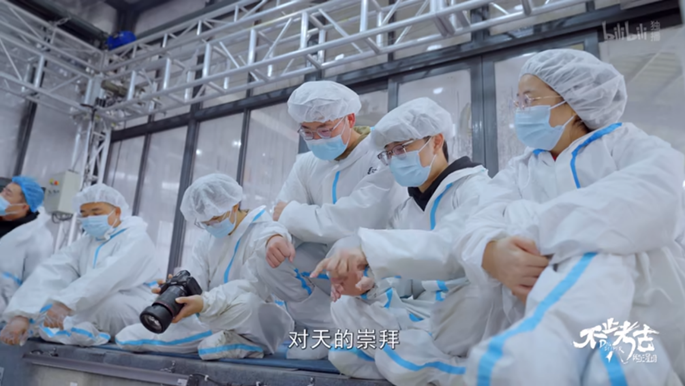Peking University, October 25, 2022: During the winter of 2020, a joint archaeological project was established to carry out excavations at the Sanxingdui Ruins site in southwest China's Sichuan Province. Within the project, a team of archaeologists from Peking University was directly responsible for the excavation of Pit 8, which was located in the southeast corner of the excavation area. A detailed recount of the excavation, restoration, and protection of cultural relics as well as the daily life and work of PKU archeologists on site were captured in the documentary "Dig Dipper: the Sanxingdui Ruins and I," which premiered on Bilibili, a video streaming platform, on October 20, 2022.
The first episode of the documentary evolved around Zhao Hao, an associate professor at Peking University's School of Archaeology and Museology, who was leading the excavations team of the k8 pit. As the largest pit found on site, the pit alone had over 5000 documented artifacts, which made the excavation process significantly more difficult.
K8 Pit at the Sanxingdui Ruins
When conducting field investigations, the most common position was lying face down on a lifting platform near the bottom of the pit.
Zhao Hao at work on site
Zhao Hao and his team from Peking University at the K8 pit
Although this posture was the most convenient way to handle delicate and detailed archeological relics, large amounts of heavy lifting and long hours of repetitive work for nearly a year caused severe straining and permanent damage to numerous archeologists’ back, knees, and eyes. However, Zhao has maintained his uplifting enthusiasm and optimism in his work. “Time for waist exercises again,” he joked instead.
His spirit and professionalism also represent an inspiration to his students who worked both on site and in the laboratory.
When Zhao Hao noticed unusual stains on the gold artifacts, the research team was faced with a dilemma. Due to the condition of the artifacts, they were unable to use infrared spectroscopy experiments to determine the composition of the stains. It was only until Zhao Hao came up with the innovative idea of combining criminal investigation techniques with their equipment were they able to confirm the existence of bloodstains on the historical relics. This breakthrough discovery further supported the hypothesis that those cultures embedded with symbolic rituals once existed in the Sanxingdui Ruins.
Zhao Hao and researchers at the lab
While work continues down at the Sanxingdui Site, Zhao also found time to return to campus and shared insight on current progressions at the K8 Pit with his students at PKU, carrying forward his duty to influence, guide, and inspire future archaeologists.
Zhao Hao at Peking University
As Peking University professors and students, Zhao and his team will continue to use their enthusiasm and professionalism in their work at the Sanxingdui Ruins and embrace their vital roles as the pivotal protectors of ancient Chinese history.
Zhao Hao and Peking University students working at the K8 pit
Written by: Niki Qiu
Edited by: Rose Li
Source: Bilibili; School of Archaeology and Museology, Peking University
